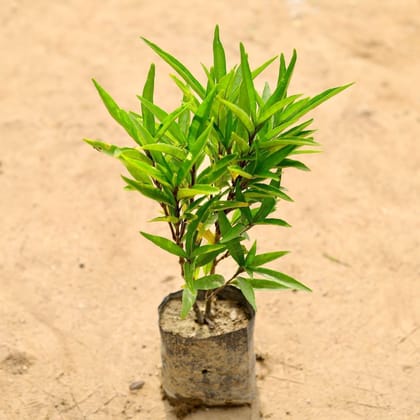1
/
of
1
Sukh Shanti Plant in 4 inch polybag
Sukh Shanti Plant in 4 inch polybag
Regular price
Rs. 29.00
Regular price
Rs. 39.00
Sale price
Rs. 29.00
Unit price
/
per
Shipping calculated at checkout.
Share
Plantncr provides Cash on delivery , free delivery, next day delivery, best quality plants in low price
Sukh Shanti (Adiantum caudatum) is a tropical fern native to Asia and Africa. It belongs to the Adiantaceae family and is known for its delicate, lacy fronds and creeping rhizomes


